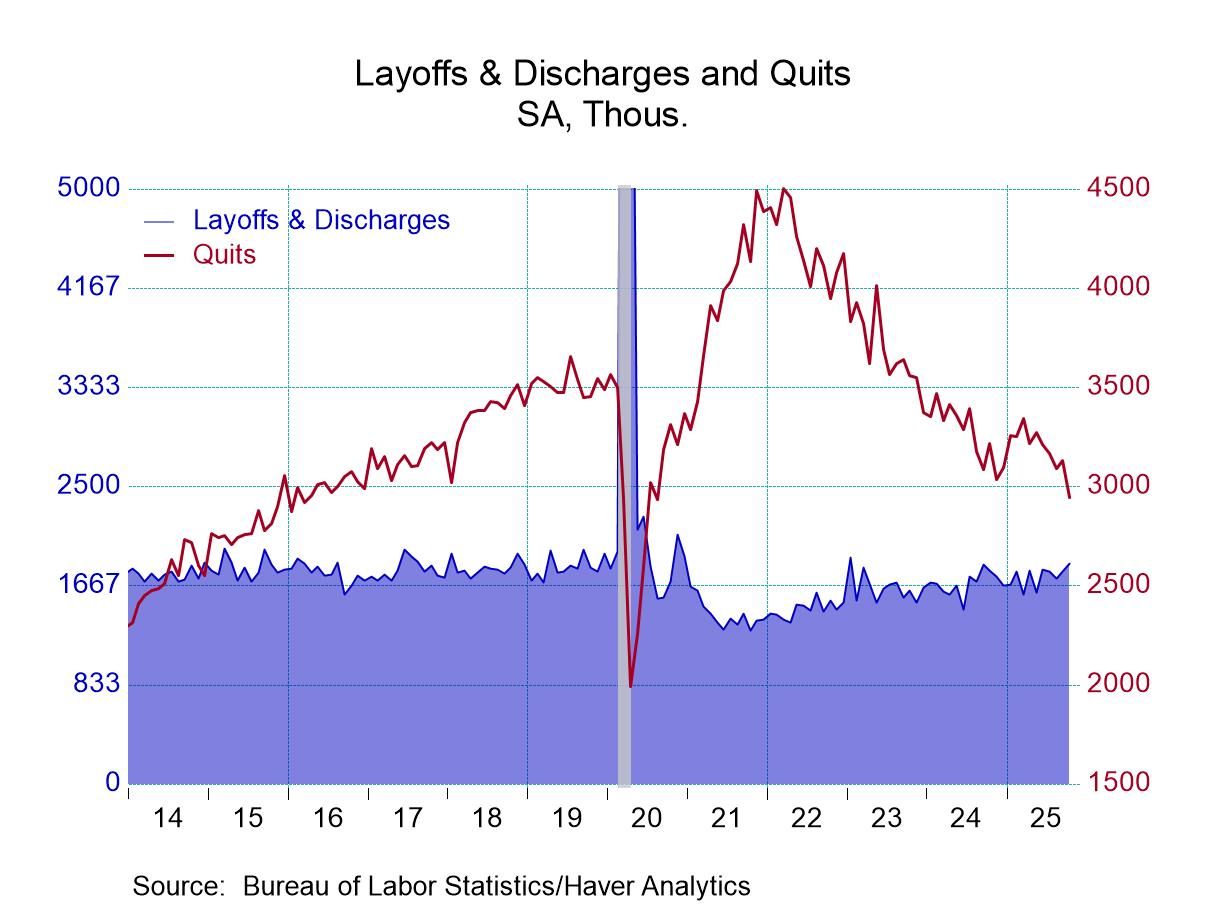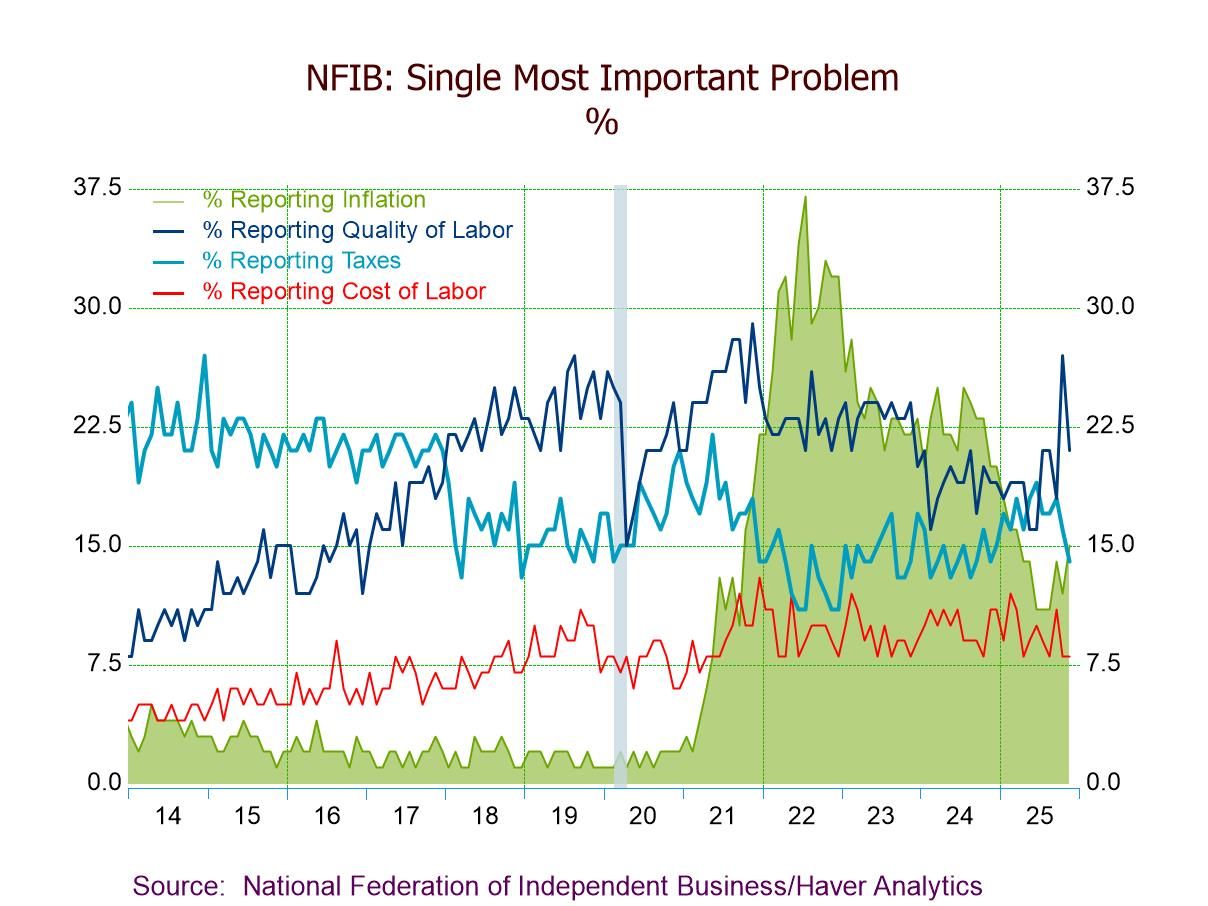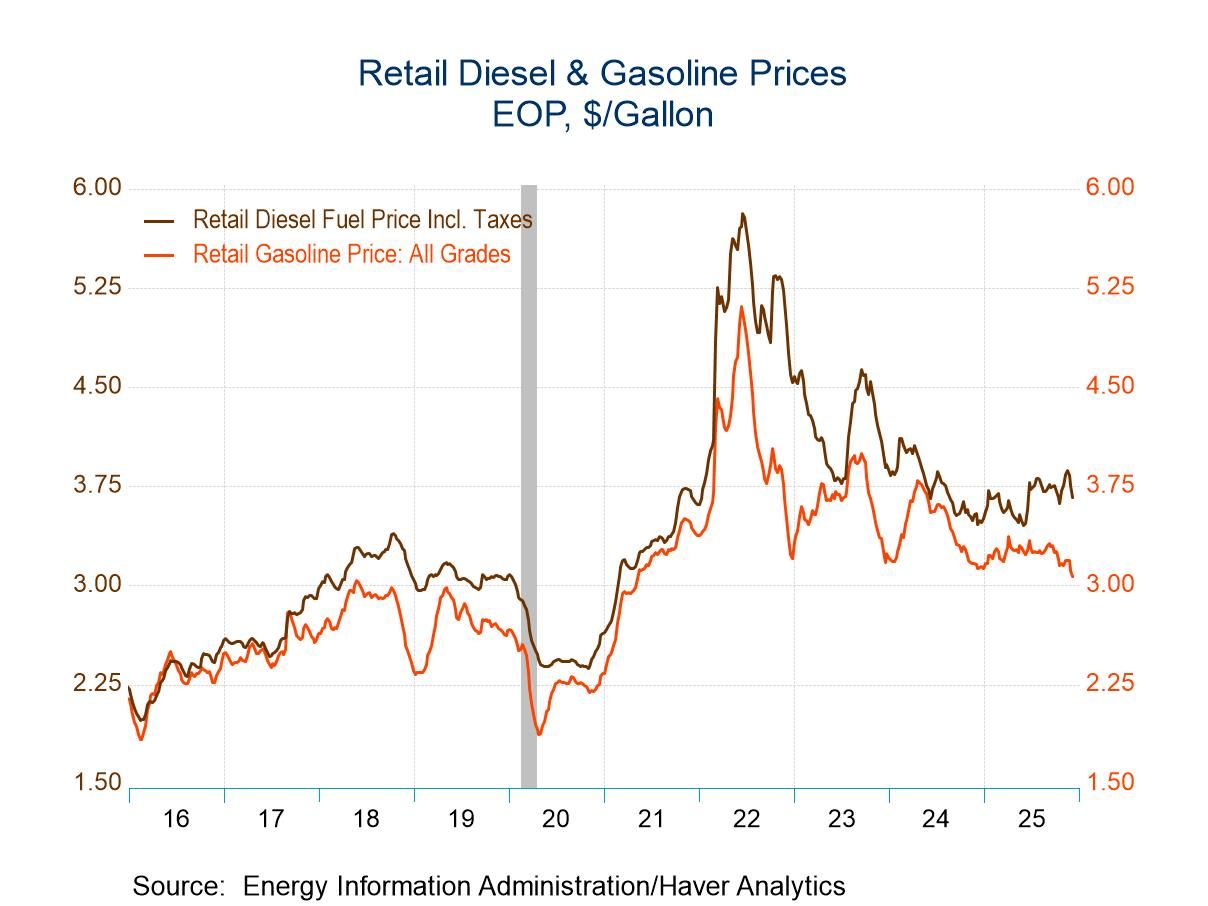 Asia| Jun 02 2025
Asia| Jun 02 2025Economic Letter from Asia: Bifurcation
This week, we examine the deepening divisions between the US and China, which are affecting not just trade but also investment flows, monetary policy, and technological development.
On the trade front, China has shifted from modest trade shares with its partners (chart 1) to capturing significantly larger shares across Asia, Africa, and Latin America (chart 2), while US progress in these regions has been more subdued. This signals a clear bifurcation, with China forging its own trading blocs, often at the expense of US market share. However, economies like Vietnam have managed to deepen trade ties with both countries (chart 3).
China’s efforts to strengthen relationships extend beyond trade to direct investment abroad (chart 4) and loan financing, particularly in Africa, where it has become a major investor in new projects. This has allowed China to cement a foothold in regions where US influence is limited. The bifurcation also extends to the monetary and currency space, with China gradually reducing its US Treasury holdings while increasing its gold reserves, possibly as part of a diversification push (chart 5). Concurrently, China’s push for de-dollarisation continues, despite significant hurdles.
Finally, US–China bifurcation is also playing out in the technological sector, where China has made significant advancements in critical areas, driven in part by substantial R&D investment over the years (chart 6). In response, US efforts to limit China’s access to key technologies may have inadvertently accelerated China’s development of its own systems and infrastructure, deepening the bifurcation further.
Shifts in China and US trade shares While economists may differ on when the broader US–China bifurcation began, many agree that the more significant phase of decoupling was triggered in 2018, when President Trump initiated the first wave of trade restrictions and tariffs against China during his first term. Prior to these sharp policy shifts—and before Trump took office—China’s share of total trade with several major global economies remained relatively modest, generally below 20%, as shown in chart 1. Similarly, the US also maintained a relatively balanced trade share with most partners, though its trade was more concentrated with neighbouring countries such as Canada and Mexico.
Chart 1: China and US 2016 share of total trade

Fast forward to the end of last year, and we observe significant shifts in the trade shares of both the US and, more notably, China. As shown in chart 2, the US has seen little change in its trade share with neighbouring countries over the past eight years. However, its trade with Asian economies such as Taiwan, Vietnam, and Thailand has edged higher—particularly with Taiwan and Vietnam, driven in part by rising US imports of tech-related products. On China’s side, its trade share has expanded markedly with several major economies across the Asia-Pacific, Latin America, and Africa. Overall, China has achieved a much more pronounced increase in trade shares with its global partners.
Chart 2: China and US 2024 share of total trade

Trade bifurcation between China and the US Digging into more detail on trade share shifts, chart 3 presents a cross-plot comparison of these changes. The chart is divided into four quadrants. The top-left, blue-shaded quadrant highlights economies where the US has gained trade share while China’s has declined—suggesting a pivot toward the US and away from China. Notably, Taiwan and South Korea stand out here, having become key suppliers of electronics and semiconductors to the US.
In contrast, the bottom-right, red-shaded quadrant shows economies where China has gained trade share as the US share declined, indicating a shift toward China. While several economies fall within this quadrant, prominent examples include Indonesia, Brazil, and Malaysia—each of which has seen some of the most significant increases in China’s trade share.
These two quadrants clearly illustrate the trade-based bifurcation between the US and China. However, the top-right, yellow-shaded quadrant features economies where both the US and China have increased trade shares. Vietnam is a standout here, benefiting from both sides—particularly through China Plus One strategies—though this positioning has faced scrutiny under President Trump’s current term.
Chart 3: 2016-2024 change in China and US share of total trade

China’s direct investment trends Delving deeper, we next turn to China’s FDI flows. As shown in chart 4, while the majority of China’s outward FDI has increasingly gone to Asia, there have also been substantial flows to Latin America and Africa. These investments have enabled China to steadily expand its economic footprint and influence, particularly in regions where the US has yet to establish a strong or sustained presence. Notably, China’s role as an investor in Africa has grown significantly over the decade, making it a major source of greenfield FDI on the continent. It is also a key creditor, having provided substantial loans under the Belt and Road Initiative—though lending volumes declined significantly following the COVID-19 pandemic. These developments have sparked mixed views, especially concerning Africa’s dependency on Chinese financing. Still, China’s investment has played a significant role in advancing development across the region.
Chart 4: Share of China’s direct investment abroad flows

China’s US Treasury holdings Another lens through which China’s gradual pivot from the US can be observed is the monetary and currency channel. As shown in chart 5, one key move has been China’s steady reduction of its US Treasury holdings. This unwinding has been significant: China fell from being the largest holder to second place behind Japan in 2019, and more recently to third place behind Germany as of March this year. At the same time, China has been actively increasing its gold reserves—possibly as part of a broader strategy to diversify its asset holdings. China’s financial ambitions also extend to de-dollarisation efforts, including promoting the use of the yuan or other domestic currencies for trade settlement. This is evident in initiatives by the BRICS bloc to reduce reliance on the US dollar. Nonetheless, the path to meaningful de-dollarisation is likely to be long and uneven. These efforts have also drawn criticism from US President Trump, potentially paving the way for renewed trade-related actions.
Chart 5: Foreign holdings of US Treasuries

Technological bifurcation Lastly, we turn to technology channels, where China’s rapid rise over the past decade has positioned it as a serious challenger—and in some areas, arguably a leader—relative to the US. Much of this progress can be credited to China’s focused investment in STEM education, robust policy support, and substantial R&D spending, as shown in chart 6. Over the years, China has evolved from being known as the “factory of the world” to becoming not only a continued manufacturing powerhouse but also a frontrunner in several critical technology sectors. According to the Australian Strategic Policy Institute (ASPI), China now leads in areas such as advanced materials and manufacturing, clean energy, robotics, and more. China’s rapid technological advances—combined with US efforts to restrict its access to critical inputs and high-tech components—have, out of necessity, pushed China to develop its own capabilities and infrastructure. This dynamic has further deepened the US–China bifurcation in the technology space.
Chart 6: China’s R&D trends

Tian Yong Woon
AuthorMore in Author Profile »Tian Yong joined Haver Analytics as an Economist in 2023. Previously, Tian Yong worked as an Economist with Deutsche Bank, covering Emerging Asian economies while also writing on thematic issues within the broader Asia region. Prior to his work with Deutsche Bank, he worked as an Economic Analyst with the International Monetary Fund, where he contributed to Article IV consultations with Singapore and Malaysia, and to the regular surveillance of financial stability issues in the Asia Pacific region.
Tian Yong holds a Master of Science in Quantitative Finance from the Singapore Management University, and a Bachelor of Science in Banking and Finance from the University of London.






